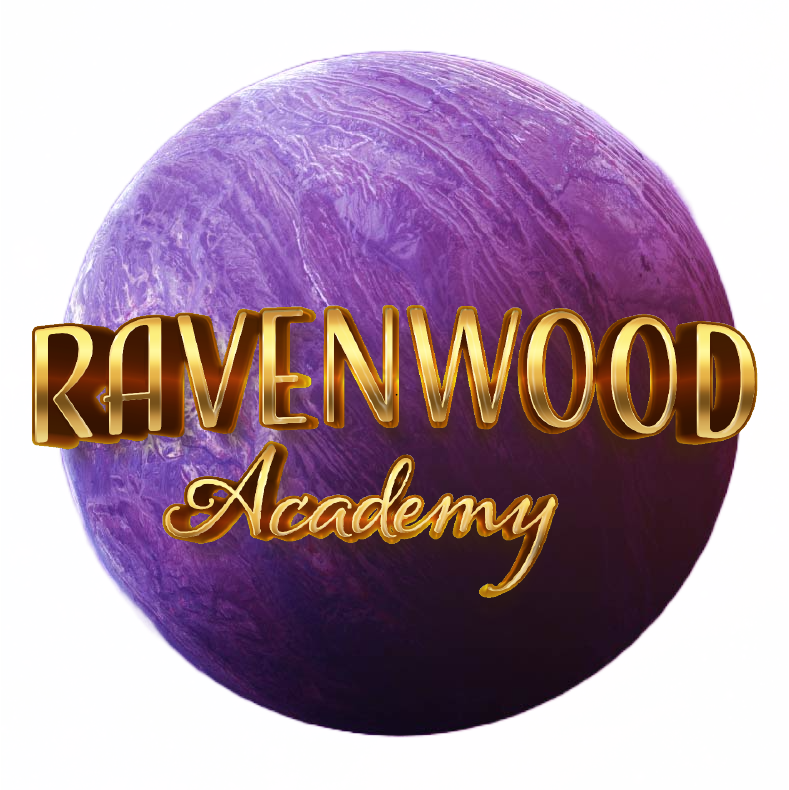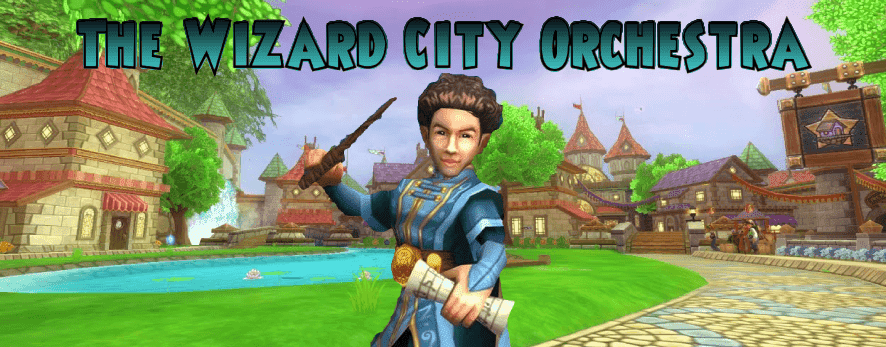Intended for Musician and Non-Musician Alike
Wizard City, founded by Merle Ambrose, composed by Nelson Everhart, has an unexplainable joy located in the centre of the world that is uniquely magical. As we cross the line from magic to music, we will analyze through this guide the music that aids the story of the first world we step in. This is unique kind of guide- guided listening!
Music typically aids a story. A leitmotif is a form of musical aid when music is played to represent a specific character or theme. Famously used in Richard Wagner’s 15 hour Opera, The Ring Cycle (home of “The Ride of The Valkyries”). Leitmotifs often relate to each other in a musical way to present continuity in the aesthetic of what it represents.
“Main Theme”
 One of the most iconic themes presented in Wizard City is located within The Commons. Throughout this article, a theme is defined as the main melody within a piece of music. I stress this, because we typically think of a theme as the piece as a whole.
One of the most iconic themes presented in Wizard City is located within The Commons. Throughout this article, a theme is defined as the main melody within a piece of music. I stress this, because we typically think of a theme as the piece as a whole.

This melody, notated above, is a descending major scale with some notes fluttering down faster than others in what is called sixteenth notes. We also have notes going back and forth between each other- a common characteristic in most of the Wizard City melodies. What is a major scale? It is commonly referred to as a collection of notes played in a specific order (Do Re Mi Fa So La Ti Do, if you are familiar with Solfege and/or The Sound of Music) that comes off as “happy” in tone.
We begin the melody on the English Horn, a relative to the oboe before being taken from the light and airy flute. Pizzicato strings snap along, giving a bouncy vibe. Please note, I only transcribed the underlying bassline and not the complete strings section. For simplicity’s sake, the example is written in concert pitch.

As we drive away from the complex aspects of music theory and orchestration, how does this make us feel? It makes us feel happy and relaxed. “The Commons” is for gathering with the community, and with the few instruments playing at any given time, it feels intimate and easy-going. The light atmosphere is perfect for a passing place to collect quests, or to simply walk on by.
“Theme 1”

Next, we have the original Ravenwood theme. The horn begins by ascending a dissonant Lydian arpeggio coming to a resolution within the next measure. After that, we repeat that same idea, but go down a whole tone scale, similar to how we went down a scale in The Commons theme. The music of Ravenwood is meant to be glorious and bestilling; to be standing before an ancient being as grand as Bartleby and to feel his serene vibe.

The strings respond to the horn, going back and forth between two notes in nearly the same rhythm the horn did, stating the theme as it develops. The Commons theme too, went back and forth between two notes in its melody, connecting these two melodies in a very subtle way.
“Theme 2”

We continue to explore Wizard City with Olde Town. The selection I picked from here begins at 00:27 seconds into the third track. This is the point we truly see the themes come together. The horn begins with a melodic shape that will develop into Theme 3’s main melody, then using that with a descending scale, similar to the whole tone scale used in Theme 1. There is then a key change that develops the first statement into A major, continuing onto a fragment similar to the main Commons theme.

After that climax, the strings (or clarinet in the rendition above) relax with a rhythmically slowed-down version of the Commons theme, developing its character. This is where our Wizard accepts the three streets questline and ventures forth, representing how they are becoming more at home with the world they magically were summoned to.

“Theme 3″

The orchestra ventures to Unicorn Way, the starting point of all trauma our wizards suffer. The clarinet soothingly hums out a happy, twinkling theme.
It goes to and fro between thirds with passing tones in between, similar to the starting melody of Theme 2. But this specific melody develops until it begins to ascend. This is the first time we have purposely shaped the melody to ascend. This is the largest the melody has ascended, even from the beginning ascension of the Ravenwood Theme.

We go through a key change as the horn reaches the climax of the piece. The horn reaches a high Eb, the highest note used in the melody so far. Both of these show a deeper meaning that our Wizards will reach great lengths in their future. The future of our Wizard’s life is hinted that we will be expected to do great things during our time in Ravenwood, and the music encompasses that idea. 
After an instrumental interlude, we return to the classic Commons melody, but the ending has developed. Before it was five notes, now it is seven.
Thank you, Starlights, for venturing through my tour of The Wizard City Orchestra. Have a wonderful night.
Disclaimer:
Please note: I transcribed the music from the original/classic mode music scrolls. Not all of my transcriptions are 100% accurate, but they are close and the rhythm is properly notated. The Golem Tower, Wizard City Combat, and Wizard City Dreamworld Themes did not fit in with the above, so I have not included them in this presentation.




